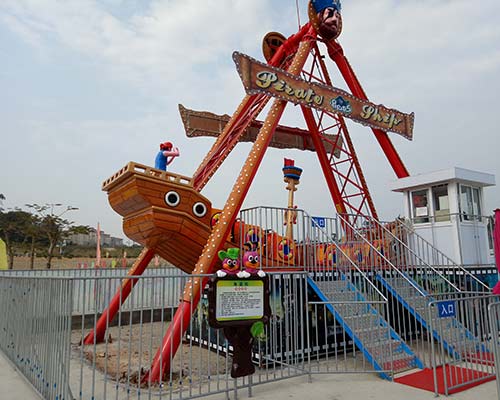


Longer wait times often reduce satisfaction unless ride intensity or experience justifies the time investment.
In the realm of amusement park attractions, user satisfaction is a pivotal metric. It governs return visits, word-of-mouth recommendations, and overall park revenue. One of the most influential—yet often underestimated—variables impacting satisfaction is waiting time. Whether anticipating a spin on a carousel ride or the stomach-dropping oscillation of a pirate ship ride, guests’ perception of value is tightly linked to how long they stand in line.
From a behavioral standpoint, queuing represents an involuntary cost. It taxes time, patience, and physical energy. In game theory and utility economics, such a delay diminishes net utility unless offset by a highly rewarding experience. Visitors expect a proportionate return on their time investment. When a brief ride follows a prolonged wait, dissatisfaction is almost guaranteed.
Empirical studies in experiential entertainment support this. A wait time exceeding 20 minutes for a low-intensity attraction like a carousel ride can negatively skew visitor sentiment. Conversely, high-thrill experiences like a pirate ship ride may tolerate longer delays due to the anticipation of adrenaline and novelty. However, even these rides see diminishing returns in satisfaction after a threshold of approximately 35–40 minutes.
Human tolerance for waiting is not static. It flexes depending on environmental conditions, perceived fairness, and distraction availability. Queues with visible progress markers or intermittent engagement (e.g., interactive queue design) tend to feel shorter. The absence of these elements makes even brief waits feel interminable.
In contrast, the psychological cost of time increases when expectations are misaligned. A guest may accept a 25-minute wait for a pirate ship ride under the presumption of high-intensity thrills. If the ride delivers only moderate excitement, the experience suffers a retrospective devaluation. The subjective feeling of “it wasn’t worth the wait” becomes dominant.
A critical metric emerges here: the Experience-to-Wait Ratio (EWR). This evaluates the length and quality of the ride against the time invested in waiting. High-EWR attractions yield disproportionately positive feedback. For example:
Carousel ride: 2-minute duration, 5-minute wait → EWR = 0.4
Pirate ship ride: 3.5-minute duration, 30-minute wait → EWR = 0.117
The latter, while more thrilling, offers a lower EWR, which can reduce post-ride satisfaction unless the intensity justifies the imbalance.
Scarcity often enhances perceived value. A longer queue may signal popularity, triggering a bandwagon effect. In this context, the ride appears more desirable, and anticipation builds a psychological narrative. This dynamic benefits attractions like the pirate ship ride, which visibly sways and builds crowd attention. However, this illusion is fragile. Should the actual experience fail to align with built-up expectations, the illusion collapses, and dissatisfaction intensifies.
To preserve and enhance satisfaction across all attractions, parks can employ the following:
Implement virtual queuing systems to detach waiting from physical presence.
Integrate pre-show entertainment or interactive displays to occupy cognitive bandwidth.
Use dynamic signage to accurately predict wait times and set realistic expectations.
Match ride duration and novelty with anticipated queue load to preserve EWR.
Waiting time is not merely a logistical concern—it is a psychological fulcrum. The manner in which time is spent before a ride can amplify or undermine the final experience. Carousel ride and pirate ship ride scenarios illustrate how both low- and high-thrill attractions must balance time cost and entertainment yield. Parks that engineer this balance wisely gain not just customer satisfaction, but long-term loyalty.
